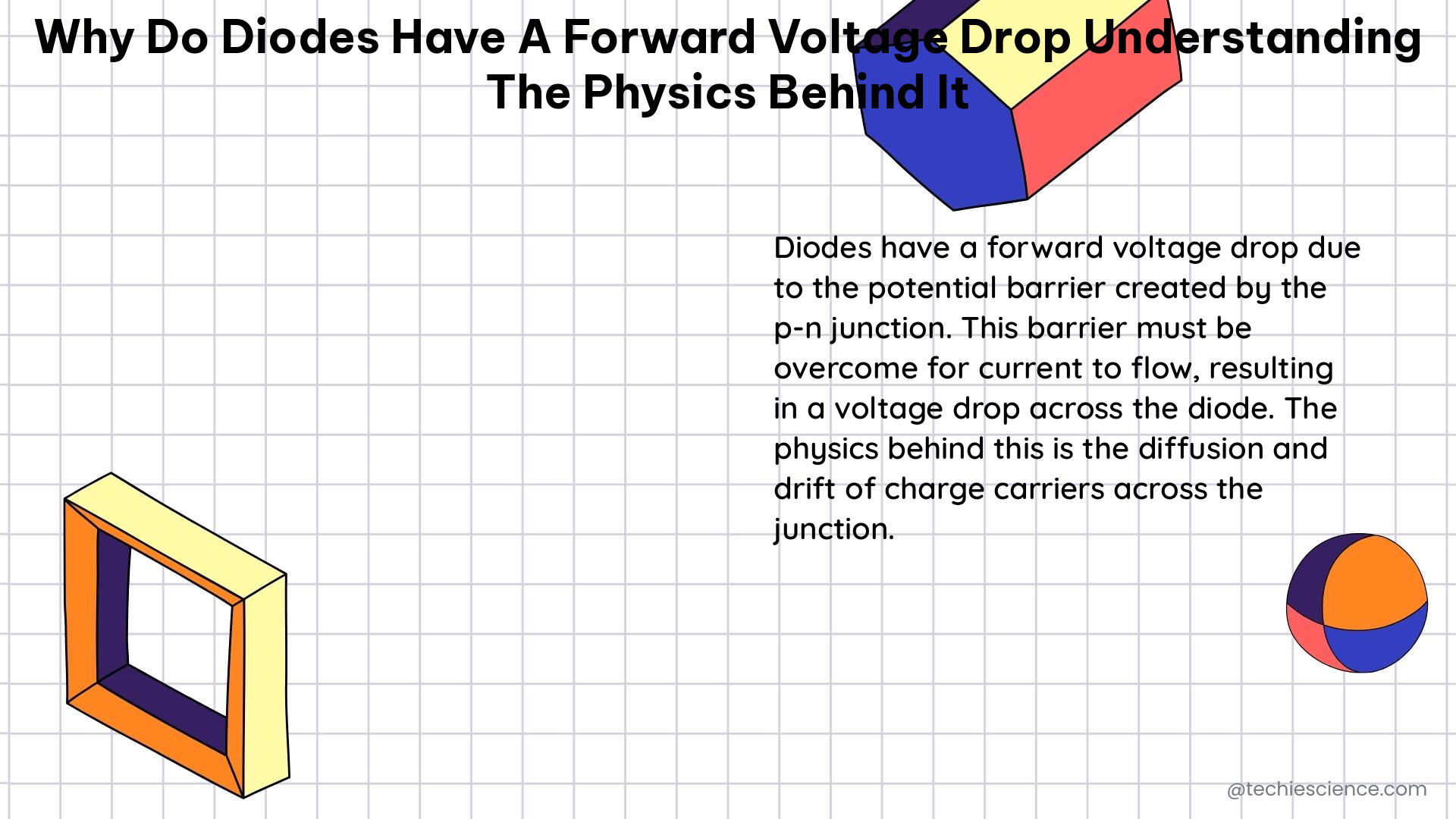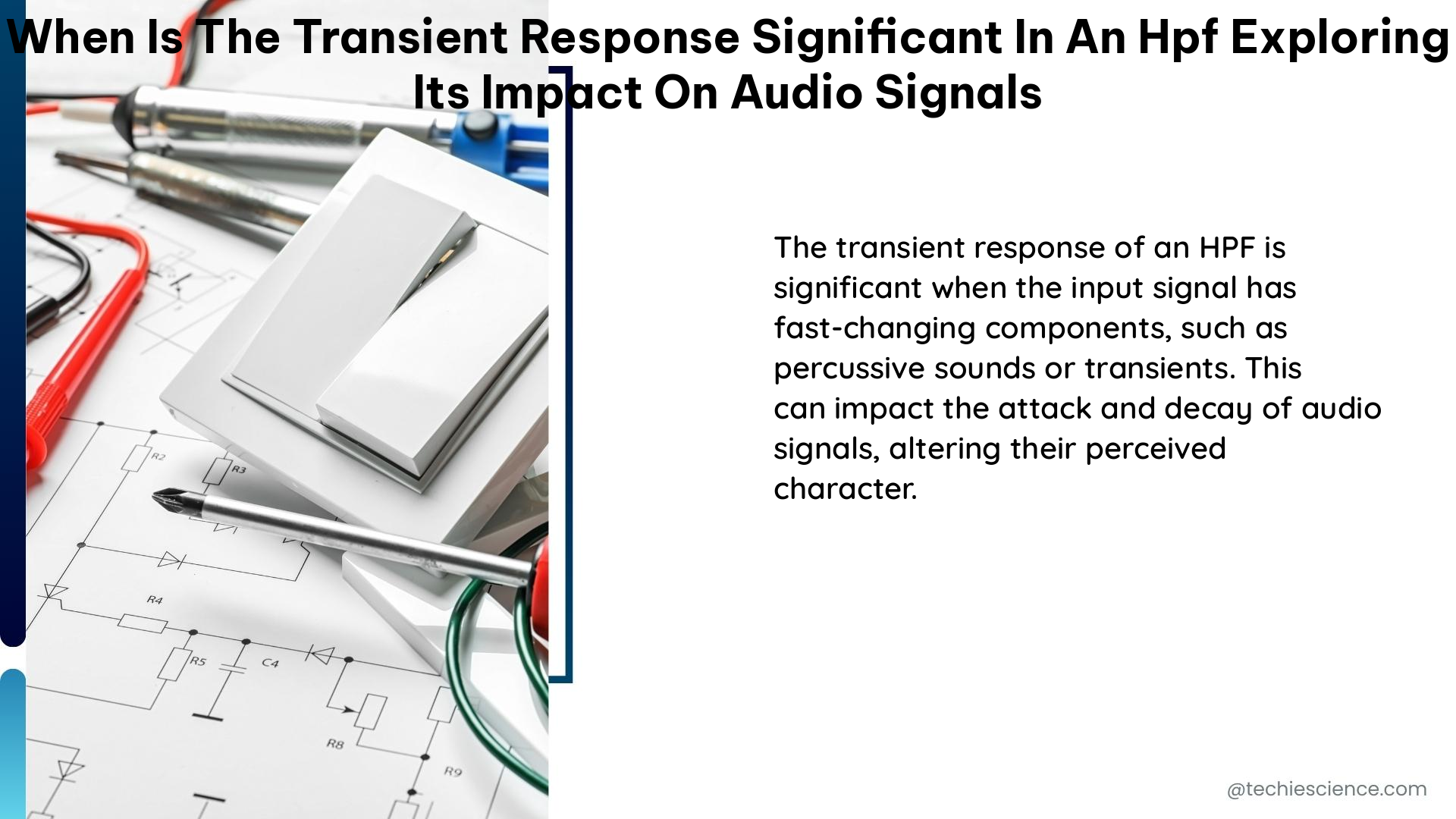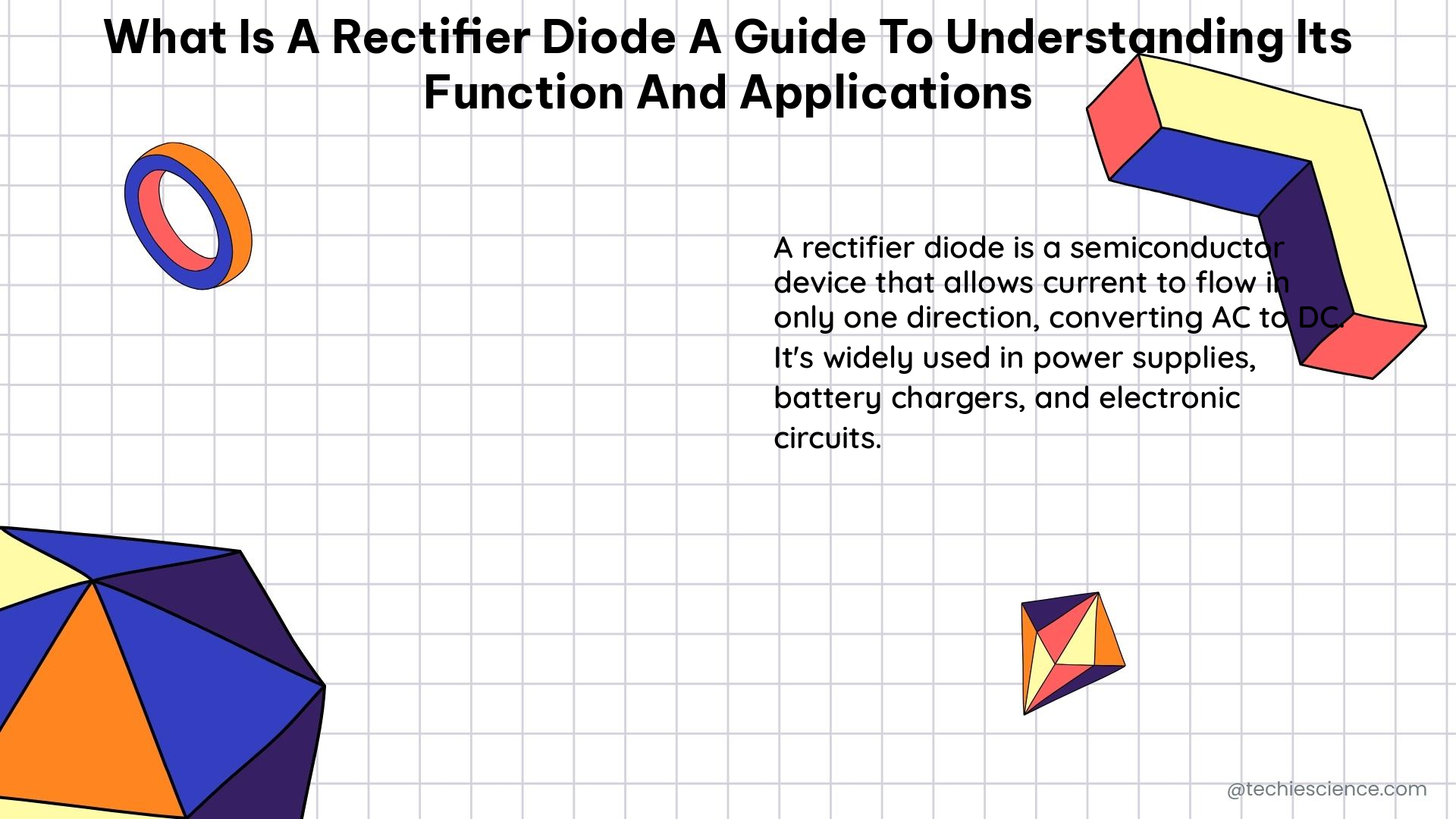This article discusses about ionization energy graph. Ionization as the name suggests is related to ions or electrons.
We need some amount of energy to remove loosely packed electrons from an atom. This energy is called as ionisation energy. We will discuss more about this energy in detail in this article. We shall even discuss different ionization graphs for different atoms.
- Ionization graph of Phosphorus
- Ionization graph of Sodium
- Ionization graph of Magnesium
- Ionization graph of Boron
- Ionization graph of Carbon
- Ionization graph of Aluminium
- Ionization graph of Sulphur
What is ionization energy?
As discussed in above section, the amount of energy that is required to remove the most loosely packed electron of an atom is called as ionisation energy of that atom. Let us suppose the electron is located near the nucleus.
The nuclear attraction force is very high for this electron. So more energy will be required to pull this electron out of the influence of nucleus. Hence, greater will be the ionisation energy required to remove that electron. This is because the attractive force of nucleus is very high and getting closer to it would require more energy to pull out of its attractive field. We shall see more about ionization energy graphs of different atoms in below sections.
What is atomic number?
The atomic structure has certain number of protons and certain number of electrons. However number of electrons can be changed easily. Hence atomic number is considered as the total number of protons present inside the atom. It is the fingerprint of that chemical element. It is represented by the letter Z.
The Atomic number is an important quantity as it helps in identifying the element and it is also used in finding the mass number of the atom. Atomic number can be considered as the fingerprint of the atom as every chemical element has a unique atomic number.
What is mass number?
Mass number or atomic mass number can be defined as the sum of atomic number, Z and number of neutrons, N. The mass number is denoted by the letter, A.
Mass number is almost equal to the atomic mass of the element. Although the mass number is different for different isotopes of an element. We will discuss about isotopes in below sections of this article.
What are isotopes?
Isotopes have same number of protons in them but they have different masses indicating they have different number of neutrons.
We know that atomic number is unique for a chemical element. Hence, we can say that isotopes belong to the same family of element. Since the mass number is different, the atomic masses of these isotopes differ from each other. There is another term called isomers which have same number of atoms but they are different in terms of properties.
Comparison of ionization energies of atoms in periodic table
The ionization energies of different atoms in periodic table are different. These energy trends are given in the section below-
- The value of ionization energy increases as we go from left to right along the periodic table.
- The value of ionization energy decreases as we go from top to bottom along the periodic table.
Ionization energy types
As and when the electron is removed from the atom, the ionization energy keeps on increasing. The different types of ionization energies depending on electron number being removed are given in the section below-
- 1st ionization energy– The energy used to remove first electron from the atom.
- 2nd ionization energy– When one electron is already removed and another electron is to be removed, then the energy required to remove this electron is called as 2nd ionization energy.
- 3rd ionization energy– When the atom lacks two electrons already and a third electron is to be removed. Then the energy required to remove this third electron is called as third ionization energy.
Factors influencing ionization energy
Ionization energy is not an independent quantity. Its value depe ds on many factors. These factors are stated in the section given below-
- Configuration of electrons – Most electron’s ionization energy is determined by the configuration of electrons as the configuration majorly determines the characteristics of atom.
- Nuclear charge– We are well versed with the effect of nuclear charge on the electron’s ionisation energy. With more influence of nuclear charge on electrons, the ionisation energy required to remove the electron will be more and vice versa is also true that is, with lesser influence of nuclear charge on electrons, lesser will be the ionisation energy required to pluck an electron out of the atom.
- Number of electron shells – Number of electron shells directly tell us about the atomic radius. Great the radius of the atom, farther will be the outermost electron from the nucleus. Hence, it will be easier for an electron residing in an atom with more number of shells to be pulled out. If the number of shells are lesser that means the radius is small and the electron is nearer to nucleus, this implies that it will need more force to get the electron out of the influence of nucleus.
- Effective nuclear charge– If there is more tendency of penetration of electrons and the value of electron shielding is more then the net effect of nuclear charge on electron will be lesser. Hence lesser ionisation energy will be required to pluck the electron out of that atom. Similarly, if the net effective nuclear charge is more than the amount of ionisation energy required to remove an electron out of the atom will also be more.
- Stability – Every atom finds a way to be at most stable state. If the atom is stable then it will require very high ionization energy to pluck electron out of atom. This happens so in nobel gases, removing an electron will make the atom very unstable. Hence the atom will try to resist the plucking of electron.
First ionization energy graph
First ionization graph is drawn using the values of first ionization energy and atomic numbers of different chemical elements. This graph shows the trends in periodic table of first ionization energy.
Following are some important points regarding first ionization energy graph-
- It is important to note that first ionization energy increases as we go from left to right in periodic table and reaches its peak at noble gases. This is because the electrons get added in the same shell. The atomic radius keeps on decreasing making the electrons susceptible to the effect of nuclear charge.
- As we move down the first ionization value decreases slightly from the previous element placed right above the current element. This happens so because there is an extra electron shell added as we go down. This increases the atomic radius and decreases the influence of nucelar charge on the electrons.
- Then again it increases with increasing atomic number until next noble gas arrives. Noble gases have highest ionization energy due to their higher stability.

Image credits: Double sharp, First Ionization Energy blocks, CC BY-SA 4.0
Second ionization energy graph
The second ionization energy graph is made using the values of second ionization energy and the atomic numbers.
The trend of second ionization energy is same as that of first ionization energy with only difference being that value of second ionization energy is slightly higher than first ionization energy. The trends are as follows-
- The value of second ionsiation energy increases as we go from left to right in periodic table.
- The value reaches its maximum for a noble gas.
- As we go down the value of second ionization energy decreases, then as we move towards right it starts increasing.
Third ionization energy graph
When the atom is already short of two electrons and we need to pull out a third electron, then we can the energy required to remove this electron is called as the third ionisation energy. The third ionization energy graph is made by using the values of third ionization energy and atomic number.
The trends followed by first and second ionisation energy is same as that of third ionisation energy. The only difference being that third ionization energy is the highest among all. The trends are as follows-
- The third ionisation energy will increase if we go towards right in the periodic table.
- The value of third ionization energy decreases if we move towards bottom of the periodic table.
- The value of third ionisation energy becomes maximum for nobel gases.
Ionization energy graph of Phosphorus
The atomic number of Phosphorus is 15. That means the total number of electrons in its atom are 15. The values of ten ionization energies of Phosphorus are given below-
- First ionization energy- 1011.81
- 2nd ionization energy- 1907
- Third ionization energy- 2914
- Fourth ionization energy- 4963.6
- Fifth ionization energy- 6273
- Sixth ionization energy- 21,267
- Seventh ionization energy- 25,341
- Eighth ionization energy- 29,872
- Ninth ionization energy- 35,905
- Tenth ionization energy- 40,950
Ionization energy graph of Sodium
The atomic number of Sodium is 11. Sodium is represented as Na. It is one of the most volatile elements in the periodic table. The values of ten ionization energies of Sodium are given below-
- First ionization energy- 496
- 2nd ionization energy- 4562
- Third ionization energy- 6910
- Fourth ionization energy- 9542
- Fifth ionization energy- 13354
- Sixth ionization energy- 16613
- Seventh ionization energy-20117
- Eighth ionization energy- 25496
- Ninth ionization energy- 28392
- Tenth ionization energy- 141362
Ionization energy graph of Magnesium
The atomic number of Magnesium is 12. The values of first ten ionization energies of Magnesium are given below-
- First ionization energy- 737
- 2nd ionization energy- 1450
- Third ionization energy- 7732
- Fourth ionization energy- 10542
- Fifth ionization energy- 13630
- Sixth ionization energy- 18020
- Seventh ionization energy- 21711
- Eighth ionization energy- 25661
- Ninth ionization energy- 31653
- Tenth ionization energy- 35458
Ionization energy graph of Boron
The atomic number of Boron is 5. Hence it has only five electrons that can be taken out of the atom . The first five ionisation energies of Boron are given below-
- First ionisation energy- 800
- Second ionisation energy- 2427
- Third ionisation energy- 3659
- Fourth ionisation energy- 25025
- Fifth ionisation energy- 32826
Ionization energy graph of Carbon
The atomic number of Carbon is 6. That means it has only six electrons that can be removed from the atom. The first six ionization energies of Carbon are given below-
- First ionization energy- 1086
- Second ionization energy- 2352
- Third ionization energy- 4620
- Fourth ionization energy- 6222
- Fifth ionization energy- 37831
- Sixth ionization energy- 47277
Aluminium ionization energy graph
The atomic number of Aluminium is 13. It has 13 electrons in the atom that can be removed. The first ten ionisation energies of Aluminium are given below-
- First ionization energy- 577
- 2nd ionization energy- 1816
- Third ionization energy- 2744
- Fourth ionization energy- 11577
- Fifth ionization energy- 14842
- Sixth ionization energy- 18379
- Seventh ionization energy- 23326
- Eighth ionization energy- 27465
- Ninth ionization energy- 31853
- Tenth ionization energy- 38473
Sulphur Ionization energy graph
The atomic number of Sulphur is 16. The first ten ionisation energies of Sulphur are given below-
- First ionization energy- 999
- 2nd ionization energy- 2252
- Third ionization energy- 3357
- Fourth ionization energy- 4556
- Fifth ionization energy- 7004.3
- Sixth ionization energy- 8495
- Seventh ionization energy- 27107
- Eighth ionization energy- 31709
- Ninth ionization energy- 36621
- Tenth ionization energy- 43177
Successive ionisation energy graph
Successive ionisation graphs of an element refers to the graph plotted by using different values of ionisation energies (1st , 2nd etc).
The value of successive ionisation energy increases as the next electron is always closer to the nucleus and hence more energy is required for that electron to be removed. As we keep on removing electrons, the ionisation energy keeps on increasin gas the influence of nucleus becomes stronger and stonger.
Atomic number vs ionisation energy graph
The ionisation energy graph itself is a graph plotted using values of ionisation energy and atomic number of elements.
The atomic numbers are written on the horizontal axis that is X axis. The ionisation energy is written on the vertical axis that is Y axis. As we go towards right in periodic table, we require higher ionisation energy to remove the electron from atom hence the ionisation energy increases as we go towards right. It reached a maximum value at noble gases and the value decreases as we move down in the periodic table.









